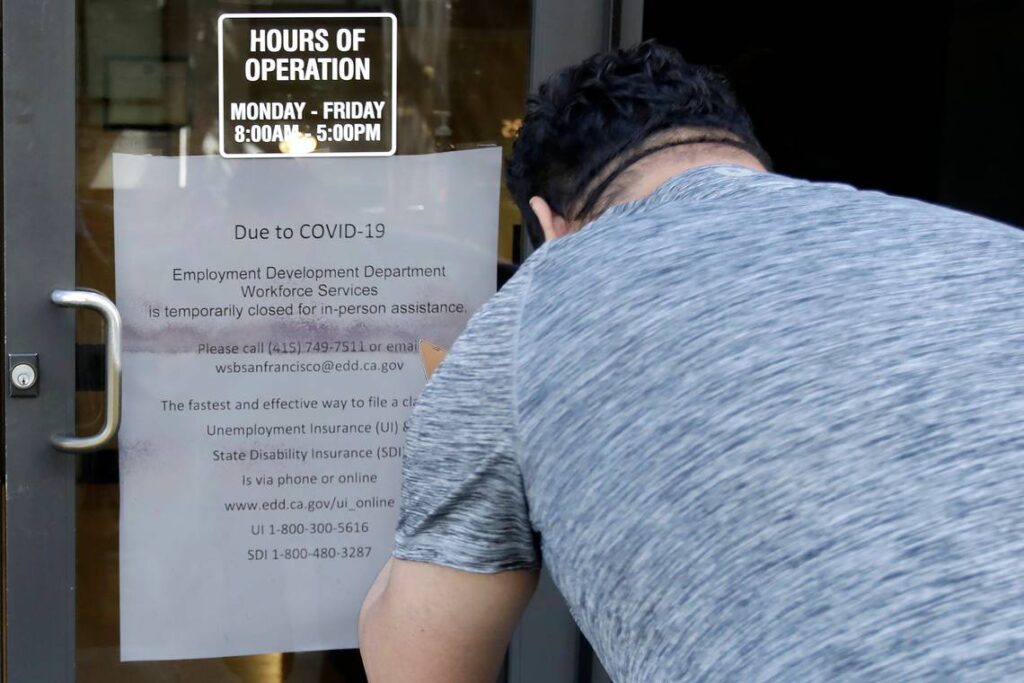Remember when you were first “invited” to work from home? No more commuting back and forth from work which meant more quality time for you and your family, the flexible hours, backing all the cash that you saved from not having to commute or that you were paying for designer coffee and lunch? Remember how sweet it was?
Not long after the initial elation and celebration of being able to be that master of your own destiny, the reality of it all hit, hard. While it was entertaining during online videoconferencing to see your coworker’s toddler tapping him on the shoulder and proclaiming, “Daddy, I need a wipe,” or your cats running up the drapery backdrop which comes crashing down to reveal the fact that there was no window behind the drapes of your video telework set, the fact was, it turns out this working from home environment was not all it was cracked up to be.
If you had become accustomed to having a break from your family during the day, well, those days are long gone, and no one would blame you for yearning for things to return to some semblance of normalcy, or to consider quitting your job to tend to your family.
Families who are restricted to being indoors for the most part, with one or more adults telecommuting, kids attending school from home, and local businesses closed (some restricted from opening, and others gone, forever), are paying an incredible cost, and many working women are feeling the pressure to resign to try to keep their family from falling apart.
Before You Quit Your Job for Your Family
Teenagers are easy enough to incentivize if you can provide them with a large able and Internet package, and a debit card to use for shopping on Amazon in exchange for pitching in with the household chores, but even they are starting to go a bit stir crazy. You can only expect these energetic young men and women to agree to a willful lockdown for so long.
The youngest children are the ones that are the neediest, and there is little relief in sight.
What can you do when things start going crazy at home?
Be Honest and Open
Before declaring, “this is just too much,” throwing in the towel, or giving your two-weeks’ notice, reach out to your employer and colleagues, and let them know that your frustrations are a growing concern.
You will be surprised at how they will be willing to show compassion during these unprecedented times. Many of them are having the same kinds of problems and they are ready and willing to help you with solutions that will relieve some of your stress.
There is nothing to fear for being vulnerable and transparent when the going gets rough.
Establish Family Boundaries
We are all doing the best we can to make it through this pandemic. Granted, we are all under more pressure than we could reasonably expect to ask of someone. But having a serious sit-down and pep-talk with the family and getting buy-in on the idea that we all want to survive this chaos, you can get family members to agree to help, and you can set boundaries that will increase your ability to continue to work from home more effectively when duty calls.
Childcare
Granted, the daycares are shut down, but that doesn’t mean that asking friends or family to help babysit periodically is out of the question. Even during the pandemic, you can find people who will be willing to don PPE for a few hours a day to help relieve you from some of the stress of balancing parenting with working from home.
Time Managing Chores and Activities
Save and manage delegating chores to those times that you know you are going to be called on to “be there” for your employer for certain periods of time. Give the kids projects that they can do online, or even via (educational?) television. Arts and crafts can be used to get kids to focus while you are conducting a Zoom meeting.
Many working women are feeling like they have to make the decision between work and family, and no one would judge you for choosing your family, but give it some more thought before you withdraw from your work or online job, because it may be more difficult to reenter the remote workplace once you’ve taken a family sabbatical.

